The pigeons we know today come from Rock Doves that were domesticated way back in the past.
It is believed that these feral doves originated along the northern coast of Africa and the coastal cliffs of that region was the birthplace of the modern western species.
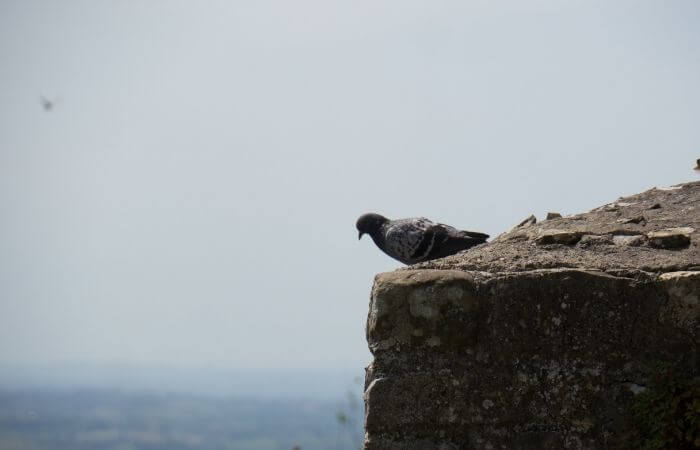
Although it is in Southeast Asia where the greatest variety of these birds are found.
Because of this, it is easy to speculate that there was simultaneous development of these birds in different geographical areas.
Known by the scientific name ‘Columbidae Livia’, they have an extensive family tree.
There are split into 50 genera and over 340 species, 13 of which are now extinct.
The branches of this particular family tree extend all over the globe, incorporating many birds you would find surprising to be related to the pigeons we know and love.
Only in areas of extreme heat or cold, you won’t find pigeons or one of their related cousins.
Man and Bird: The Relationship
Fossil records of the pigeon family date back as far as the Miocene Period.
The extinct Dodo was part of the Columbidae family, its closest living relative is the Nicobar pigeon.
No one knows for sure how pigeon’s relationship with man first started, but it is safe to say that it was the cause of their global expansion.
It might be that early man saw pigeons as easy prey and therefore a food resource.
Later, they may have been captured and bred as a secure food source, given their rapid rate of reproduction.
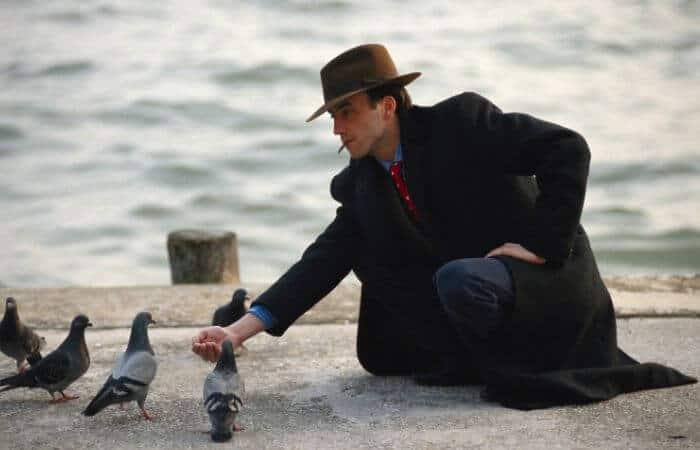
After that, they became domesticated and bred also for their beauty.
On the other hand, being both intelligent and curious, pigeons may have approached man first.
Around any human settlement, there are food scraps or debris, especially when man stopped the hunter/gatherer lifestyle in favor of cultivation, the start of civilization as we know it today.
The first adventurous pigeons may have recognized an opportunity and seized it, thus starting a relationship that continues until today.
It can be conjectured that as new settlements, villages, towns and cities were established the pigeons followed along.
Historical Record
Historical records show that pigeons were kept since ancient times.
It is known that people in Mesopotamia, meaning ‘the land between two rivers’, the rivers being the Tigris and Euphrates, which stretched from modern-day Iraq to Syria and considered as the cradle of civilization, kept pigeons.
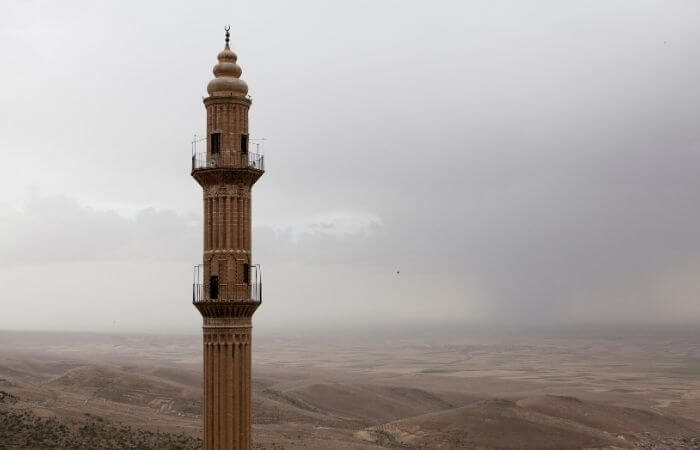
Again, this may be as a cheap food source or just for their appearance.
During this period when the great civilizations flourished there and died, feral pigeons nested and roosted on their buildings.
It is also said that in ancient Egypt, during the reign of the Pharaohs, pigeons were bred (hence their ancient pigeon towers).
Many ancient religions used pigeons to represent the divine, including the Christian religion.
Population density, war, and famine are sure to have helped the expansion of pigeons, both east and west, as mankind spread to new lands.
Pigeon Uses
Pigeons were useful to man, not only as a source of food but in other ways.
Once man recognized the navigational and homing skills of pigeons, they were used as a communication method.
Nobody knows which peoples actually started using pigeons to send and receive messages, but the ancient Greeks certainly did, and the practice was picked up by the Romans.
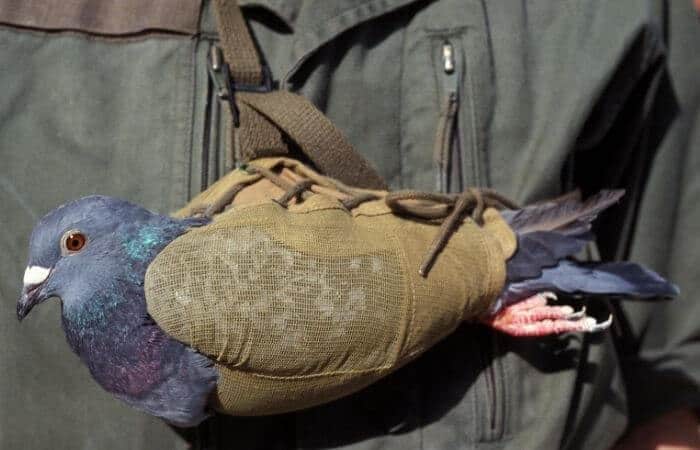
They have been used in war and for business communications.
Pigeons were actively used this way up until the end of the Second World War, despite the rise of other technologies.
Reuters, the international news agency, can attribute part of its success by being the first to publish news of events from faraway places because they used pigeon messengers.
Pigeons Have Faced Extinction Several Times
Within pigeon lore, the Passenger Pigeon of North America was probably the best-known extinction, which was caused by mankind.
It took only 50 years from the mid-1800s to reduce flocks of these birds that were numbered in their millions, to a few thousand scattered survivors.
Many settlers saw them as a ready source of food.
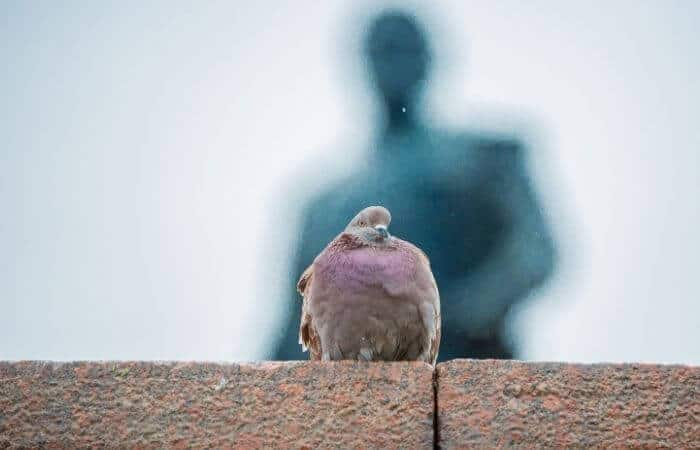
Farmers and smallholders saw them as pests and a threat to their crops.
They became the target of commercial pigeon hunters who shipped them from rural lands to the cities to be eaten in homes and restaurants.
The organized and wholesale slaughter of these pigeons only stopped when it became unprofitable to hunt them due to their reduced numbers.
Eight other extinctions of pigeons and their cousins are known by ornithologists and scientists, but not by the general public, all caused by man, predominantly because of European expansion.
Although we tend to think of pigeons as never-ending flocks, some are rare and threatened species.
One example is the Green Imperial Pigeon, which ranges from the Philippines to India.
As recently as November this year, one was spotted in Nepal for the first time.
Pigeon Cross Breeding
Crossbreeding for centuries has produced a variety of colored plumages and breeds.
Enthusiasm for these birds hasn’t waned over the centuries.
The Royal Pigeon Racing Association, whose president is Queen Elizabeth II, hosts a show at Blackpool every year and attracts around 25,000 people.
Different breeds have been bred for their different attributes such as coloration, feathers, vocalizations, and flying skills.
Examples of Pigeon Crossbreeding
The Indian fantail pigeon is an Asian variety, thought to have originally developed in and around the Indian sub-continent, although western sub-varieties can be found.
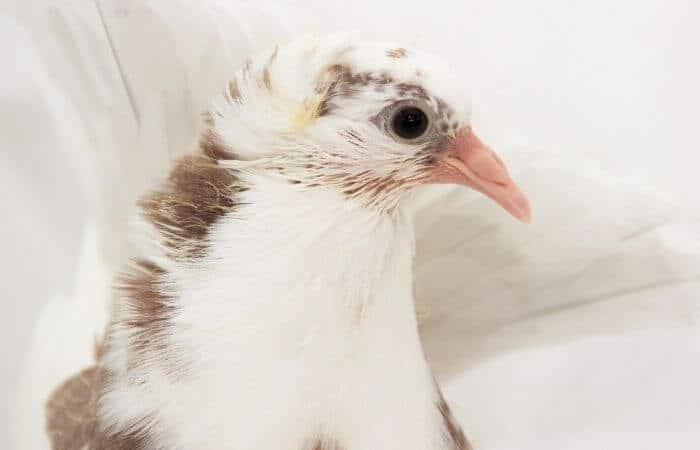
It is bred because of its tail feathers that open in a fan-like display. There are also silky or lace fantails, that are genetic mutations.
The Danish Suabian is bred for its distinct colouration.
Another is the African Owl pigeon.
This breed comes from Tunis, North Africa, originally. Typically short and stout, it has a ‘frill’ of chest feathers and a very short beak that gives it an owl-like appearance.
The English Pouter is named so because it can inflate its crop or pout.
Tumblers and rollers are bred for their acrobatic abilities such as rolling or backflip somersaults while flying.
Originally?
Pigeons have developed into the forms in which we know them today and are scattered throughout the world.
With the wide variety of species and subspecies in different geographical regions, it is impossible to say definitely from where the prototype pigeons, the forefathers of our domesticated pigeon originally came from.
Was there a single source that subdivided and migrated?
Or did they develop independently in different locations at the same time?
